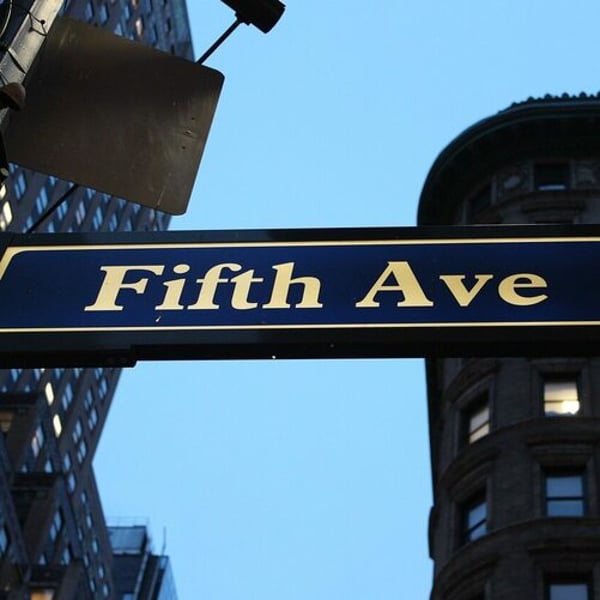The number of global luxury store openings fell 13% last year, but several regions bucked the trend as brands diversified their strategies and increased their focus on locations with strong domestic fundamentals.
That’s according to a new report from international real estate advisor Savills. It said activity in the Asia Pacific region actually accelerated with a 31% increase in openings year on year.
China continued to dominate, with the market accounting for 41% of all openings globally. Even so, weaker brand confidence in the market in response to a tough consumer environment, and a reduction in real estate opportunities meant new store expansions slowed, falling 12% in the country. That said, the decline did come in comparison to a particularly strong 2022 that had seen a post-pandemic bounce-back.
Savills also said Tokyo and Singapore contributed to nearly half (40%) of openings in the Asia Pacific region specifically, helped by improving tourist spend (and the weaker yen in the case of Tokyo), plus a relaxation of visa restrictions for Mainland Chinese tourists.
It was interesting too that despite the tough US luxury market last year, North America also saw an uptick in new store openings with New York seeing the highest number in the region, doubling its count to 12% since the previous year. Los Angeles was second, with increased activity across a number of domestic-focused affluent cities and leisure resorts. This trend was also seen in Atlanta, Dallas, Chicago and Aspen.
Openings in Europe were down 17%, which Savills said was “more a reflection of limited availability across the continent’s key luxury streets as a result of an 83% increase in 2022, rather than reduced appetite”.
The researchers also examined future market size and wealth, relative to existing luxury brand presence, to identify cities that are currently under-served.
The report said that while Tokyo, Seoul, New York, Paris and London unsurprisingly have the greatest brand presence, there are a number of less ‘mature’ global counterparts ripe for growth.

And it focused on China as a key opportunity, despite “short-term challenges facing luxury spend” there. Its optimism is “based on size and growing affluence” and it said “a number of China’s largest cities still look compelling, such as Shenzhen, Hangzhou and Wuhan… relatively underserved in terms of brand presence compared to Shanghai and Beijing”.
Costs in China’s second and third markets are lower, so they also offer brands a potentially faster return on investment.
Other markets that stand out in terms of size, growing affluence and relative under-representation of luxury brands, include Mumbai, Delhi, Jakarta, Bangkok and Dubai.
Anthony Selwyn, Co-Head of Global Retail at Savills, said: “Luxury brands are being more strategic than ever in terms of the locations they are taking and their presence in particular marketsAA.”
And Marie Hickey, its Director in Commercial Research, added: “In the aftermath of the pandemic we saw a huge increase in new store expansion, particularly in China, therefore it’s no surprise that we have seen this slow as markets normalise. Weaker consumer confidence and spend in China, along with availability constraints in prime luxury locations in Europe, North America and Middle East means that we expect this slowing in new store activity will continue into the early part of 2025. This does not mean there isn’t the appetite to expand and optimise real estate portfolios, particularly in future growth markets in Asia and Middle East. However, we believe the bigger groups with more mature store portfolios will be more selective when it comes to store expansion strategies.”
Copyright © 2024 FashionNetwork.com All rights reserved.







